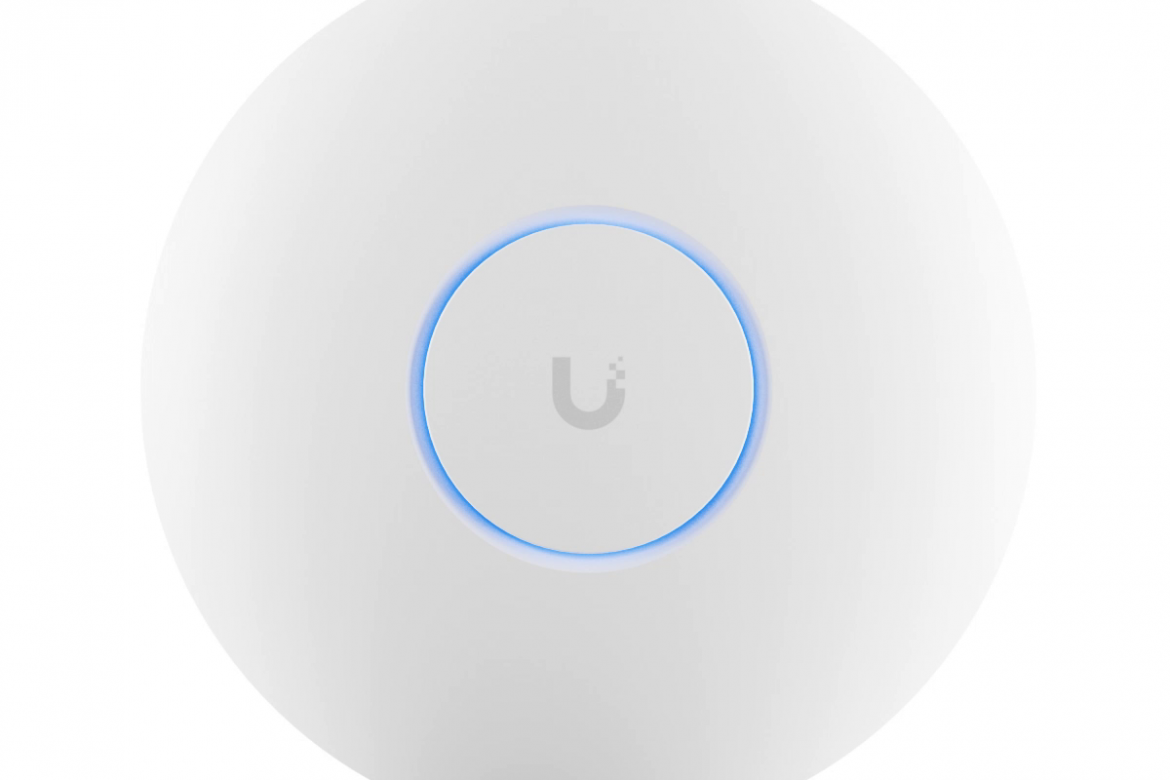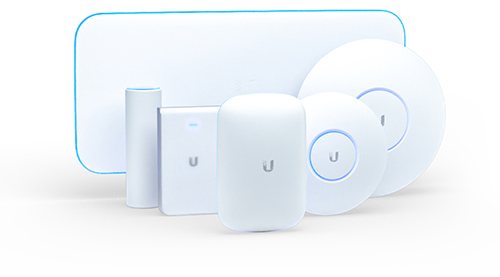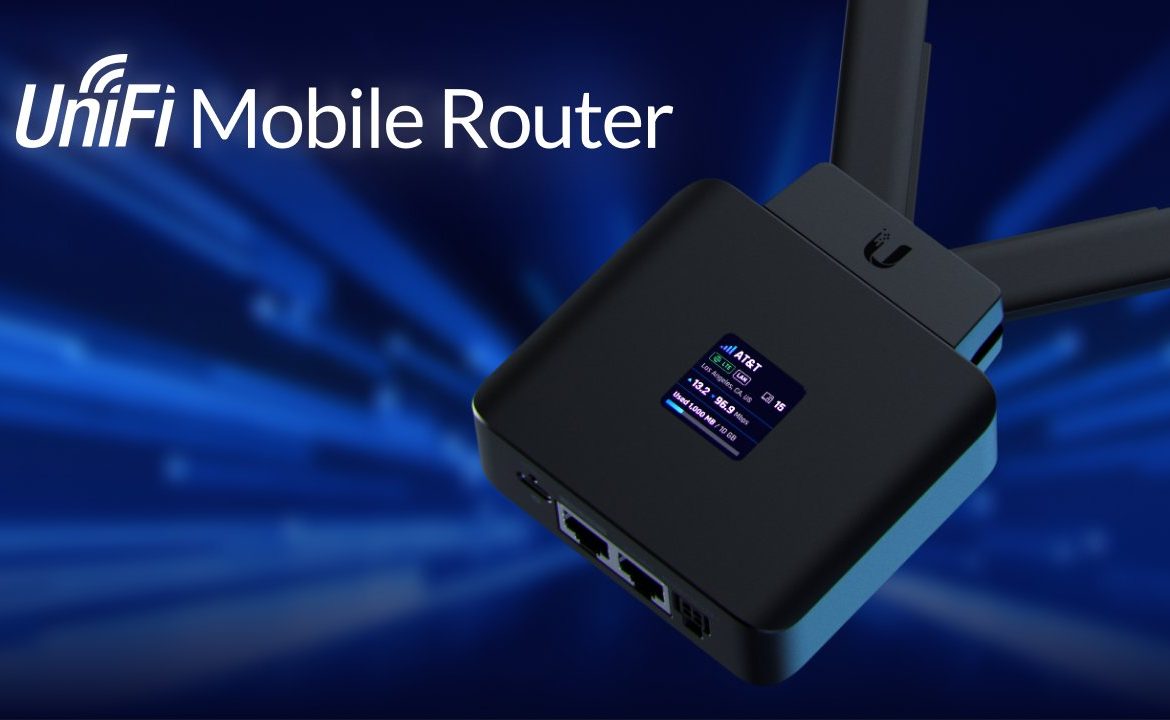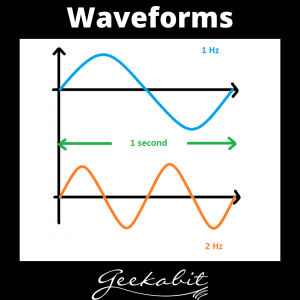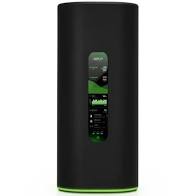It’s no secret that our Wi-Fi experts here at Geekabit are big fans of Ubiquiti and their range of Wi-Fi devices and equipment. We love their kit and it would seem we’re definitely not the only ones.
We’ve been chatting about the benefits of using Ubiquiti Wi-Fi equipment for your network for years. A blog from a few years back was one of our first on the topic and is a good place to start if you’re unfamiliar with the pros of using Ubiquiti for a business network.
Over the past year in particular, Ubiquiti devices have really increased in popularity, with shares in Ubiquiti Inc (UI) surging up by 222.8% in the past year. Why? Their customer base has seen a gradual yet steady increase in growth, supported by a flexible business model. If you’re into stocks, shares and investments then you might like to research UI as an investment option.
But here at Geekabit, investment advice isn’t really our forte – We’re all about the wireless equipment, and this manufacturer has our attention.
What makes Ubiquiti so popular?
There are many wireless internet device manufacturers on the market – Why are UI doing so well?
In our fast moving world, the demand for the internet is constant. There is a continuous stream of data traffic with the need for round-the-clock access to video, audio, online gaming and social networking (not to mention work emails, online conference calls and file transfers).
This means that we require fast, seamless connectivity that can support these bandwidth-intensive apps whilst simultaneously moving away from wired network connections.
Our need for strong, wireless networks is met perfectly with Ubiquiti’s comprehensive range of products and solutions. From Ubiquiti you can find:
- A range of networking devices
- Network infrastructure for fixed wireless broadband
- Wireless backhaul systems
- Routing
- Wireless LAN infrastructure
- Video surveillance products
- Machine-to-machine communication components
- And much more
Our Wi-Fi experts and engineers here at Geekabit aren’t the only ones that rave about Ubiquitis products – They have a rapidly growing community that are highly engaged with their range, including:
- Service providers
- Distributors
- Value-added resellers
- Systems integrators
- Corporate IT professionals
This community might be what sets UI apart. They leverage the strength of the Ubiquiti Community by providing rapid product support and dissemination of information, thus reducing operational costs whilst maintaining a proprietary network communication platform. Ubiquiti works from an extremely flexible business model which can therefore adapt to market demands.
Will Ubiquiti continue to grow?
Continued growth is expected for Ubiquiti, with significant opportunities in developed as well as emerging economies. Emerging countries are relentless in their pursuit of staying connected with the world, and adopting wireless networking infrastructure is a big part of that. Developed economies are always looking to increase bandwidth further in order to bridge the gap between demand and supply.
Ubiquiti are committed to research and development, and spend significantly on activities that help them develop innovative new products that use state-of-the-art technology – All helping them to stay on the cutting-edge of networking technology with their market offering.
With products that offer both high performance and best value, they continue to beat their rivals. Ubiquiti product families such as UniFi and AmpliFi have both seen improvements and added features.
Invest in a reliable network
Whether you’re into investments, tech, wireless networking or a combination of all 3 – Ubiquiti has something to offer.
Positive market gains remain diverse across various sectors, including finance, healthcare, energy and of course tech industries.
Ubiquiti just so happens to be listed by quite a few investment analyst outlets as having skyrocketing stock with it reaching an all time high at the start of this year. Offering networking technology to service providers, enterprises and consumers, UI saw their stock surge by nearly 21% towards the end of January. Perhaps they have their supply chain improvements and product availability to thank for this?
If stocks and shares aren’t your thing, but you’re ready to invest in a strong, reliable wireless network for your business, then get in touch with our Wi-Fi experts today.


